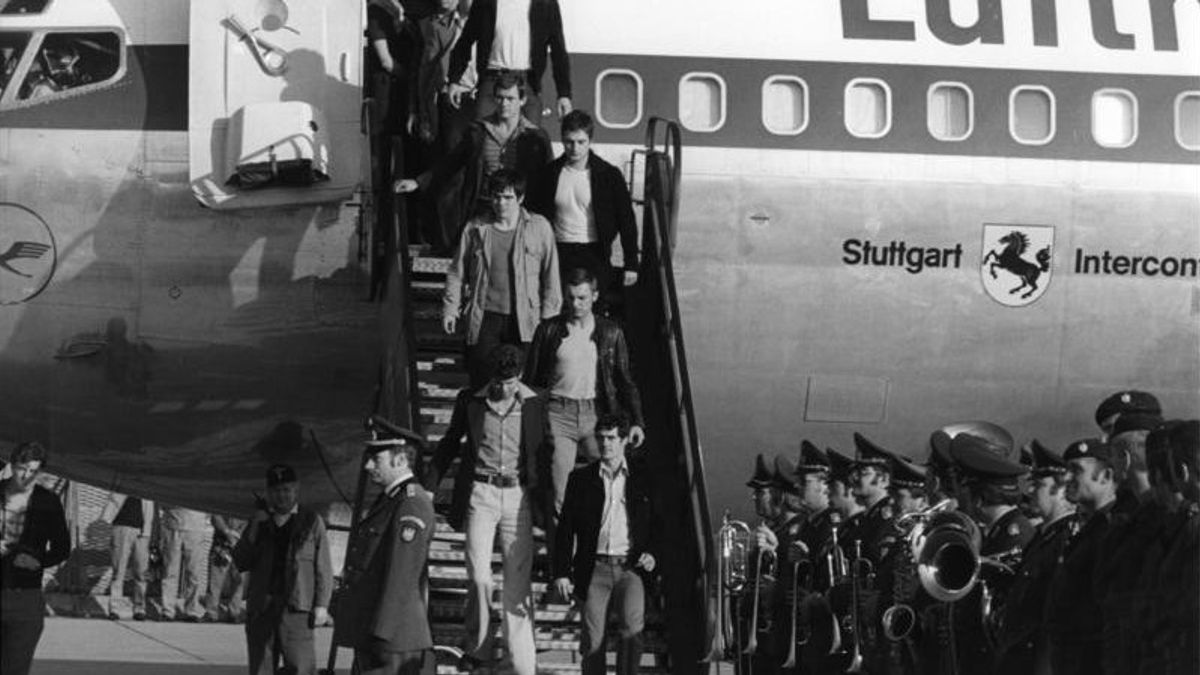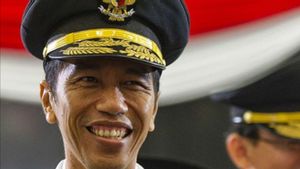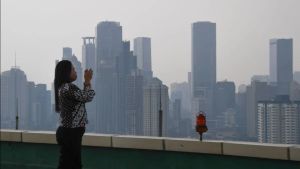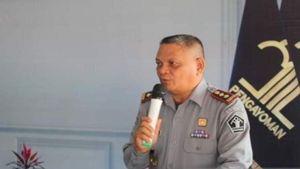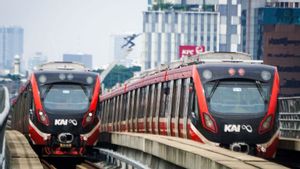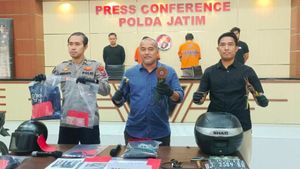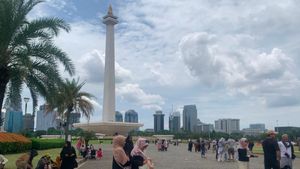JAKARTA - On October 13, 1977, Lufthansa and West German authorities received information about an airplane hijacking. The information was obtained moments after the aircraft's radio operator notified the control tower of Rome International Airport at Fiumicino that the flight had been diverted.
The pilot requests authorization to land. Italian aviation and police officers immediately consulted with West German authorities by telephone. The international piracy warning is enforced under a long-established procedure.
According to The New York Post , Rome Airport will soon be closed to all international and domestic traffic. Alitalia passengers who are going to take off for Milan are asked to leave the plane and wait in the departure lounge.
Italian armored cars and soldiers got ready as the hijacked West German plane landed at about 3pm local time. The aircraft is directed to a parking lot far from the international and domestic passenger terminals.
In a radio conversation with the control tower, the crew of Lufthansa, on the orders of the hijackers, requested that the aircraft's fuel tank be filled. Communication is difficult because the hijackers who identify with the name Walter Mohammed speak bad English with no better bit of German. None of the four hijackers spoke Italian. The four of them were identified as Palestinians.
West German officials appealed to the Italian Interior Ministry in Rome by telephone to prevent the hijacked plane from leaving. Airport authorities made several attempts to buy time. The airport agreed to refuel the plane after the hijackers threatened to blow up the entire plane if the request was refused.
At 17.50 local time, the hijacked plane took off without the control tower permission. The plane flies east. The Lufthansa operations center in Frankfurt reported the plane was en route to Cyprus. Bonn's anti-terror team immediately asked the Cypriot Government to hold the plane on the island, until a West German special commando unit was flown there.
At 8:28 p.m., the plane landed at Larnaca Airport. The terrorists demand that eleven tonnes of fuel be provided and permission to take off. As in Rome, the local authorities first tried to buy time. At 10:47 p.m., the representative of the Palestine Liberation Organization, Saharia Abdul Rachmin, at the request of the Cypriot Government, appealed to the hijackers to at least release the women and children.
The expiration of five flight days
The hijackers took the plane on a five-day voyage of six countries. They finally landed in Mogadishu, Somalia, on 17 October 1977 after shooting one of the plane's pilots.
The next morning, a German special forces team stormed the plane, freeing 86 hostages and killing three of the four hijackers. One of the hijackers managed to escape.
In November 1996, the court convicted the perpetrator of murder and kidnapping, calling the perpetrator "acted with special brutality" by hijacking an airplane. The court sentenced the only surviving perpetrator, Suhaila al-Sayeh, to 12 years in prison.
al-Sayeh was extradited to Germany in 1995 after 17 years on the run. During al Sayeh's trial, a former crew member testified that at one point during the hijacking, al Sayeh threatened to pour gasoline on the co-pilot and set him on fire.
Al Sayeh served a brief prison term in Somalia, then disappeared until she was arrested in 1994 in Oslo, Norway, where she lived for about three years with her husband and daughter. On the run, Al Sayeh was able to survive and lead a normal life using a fake identity.
The English, Chinese, Japanese, Arabic, and French versions are automatically generated by the AI. So there may still be inaccuracies in translating, please always see Indonesian as our main language. (system supported by DigitalSiber.id)
